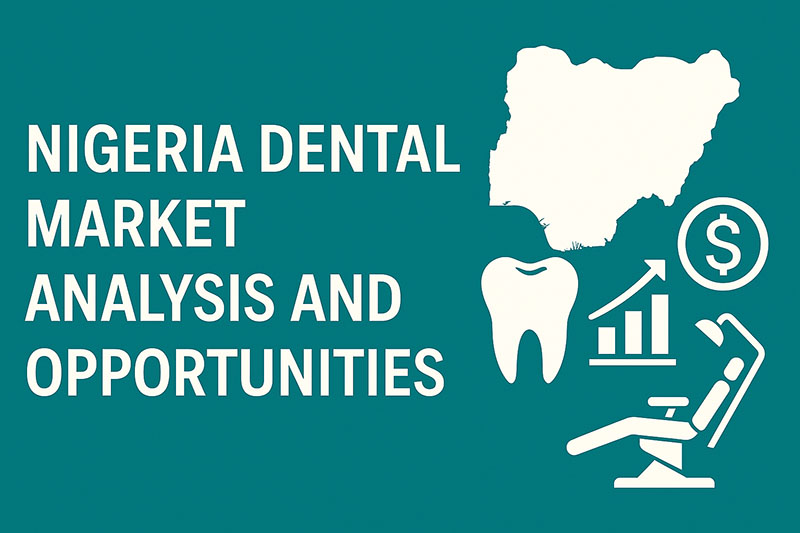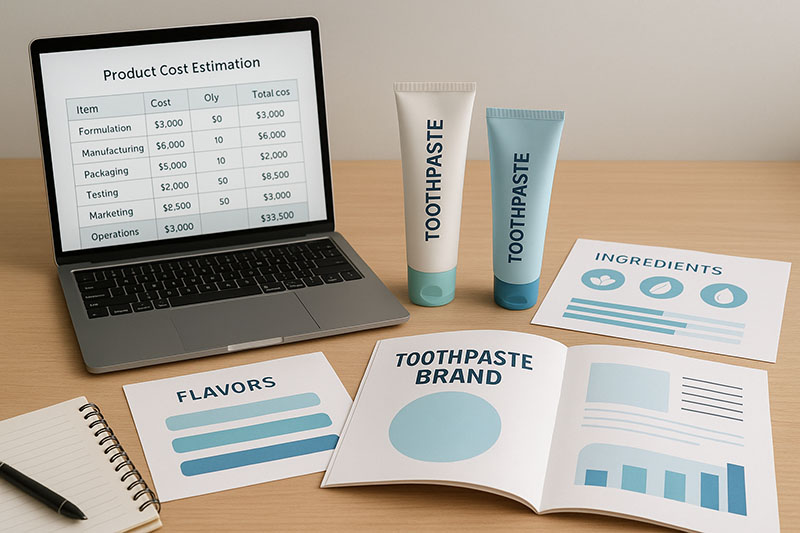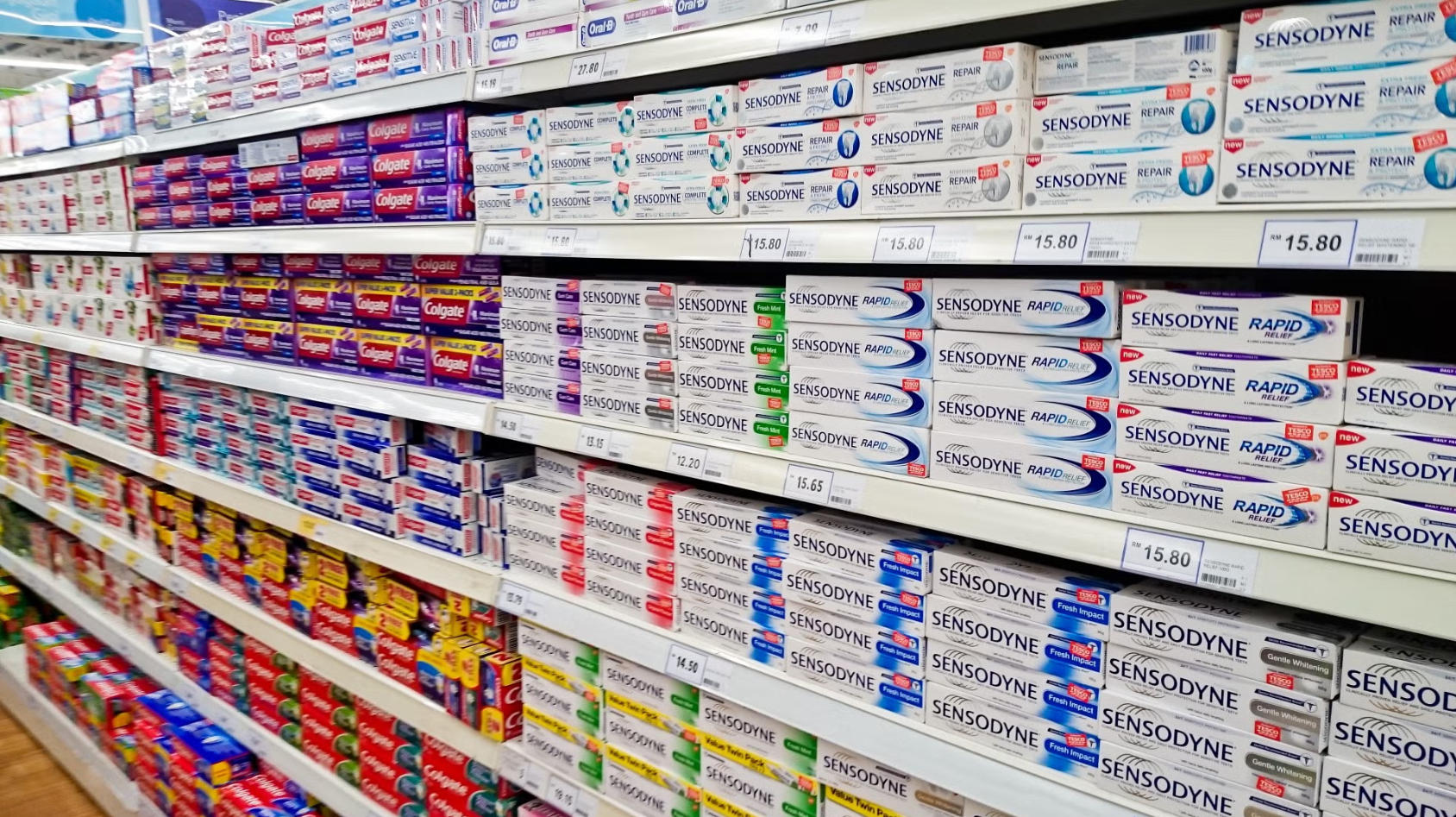Top 5 Teeth Whitening Powder Suppliers in Philippines
Hydroxyapatite (“HAp”) has gone from niche to mainstream in the last few years. If you’ve heard claims like “repairs enamel,” “great for sensitivity,” or even “banned in Europe,” you’re not alone. This guide cuts through the noise with current clinical evidence, 2025 regulatory updates, practical buying advice (especially for UK shoppers), and straight answers to the most-asked questions about hydroxyapatite toothpaste—including nano-hydroxyapatite (n-HAp).
What is hydroxyapatite toothpaste?
Hydroxyapatite is the calcium-phosphate mineral that makes up ~97% of tooth enamel and much of dentin. Toothpastes with HAp add a biomimetic mineral—often in micro or nano particle sizes—that can bind to and help rebuild the outer tooth surface. Unlike fluoride (which encourages calcium/phosphate to join enamel), HAp contributes the mineral directly. A 2023 randomized, double-blind clinical trial in adults found a fluoride-free HAp toothpaste was non-inferior to a 1450-ppm fluoride control for preventing caries over 18 months. PMC
How hydroxyapatite works on teeth (the short version)
Remineralization: HAp particles integrate into demineralized enamel, filling micro-defects and improving hardness. Multiple in vitro/in situ and clinical studies show remineralization and demineralization-inhibition effects. PMC
Sensitivity relief: By occluding open dentinal tubules and forming a mineral layer, HAp reduces fluid flow → less sensitivity. Recent systematic reviews support HAp for dentin hypersensitivity reduction. MDPIFrontiers
Whitening support: Not a peroxide bleach—HAp can brighten by smoothing and filling surface irregularities so light reflects more uniformly; a 2023 review described measurable “whitening/brightness” effects. MDPIPMC
Nano vs. micro hydroxyapatite (and why particle size matters)
You’ll see nano-hydroxyapatite (n-HAp) and micro-HAp on labels:
Nano (typically 20–100 nm): Small enough to deposit deeply into microscopic enamel defects and tubules; widely used in Japan since the 1980s (e.g., Apagard) and evaluated by EU safety committees. PMC
Micro (non-nano): Larger particles that still contribute mineral; some brands combine micro + nano to leverage both. RiseWell
What percentage should you look for? Formulas vary (commonly mid-single digits up to double digits). For example, RiseWell’s PRO line publicly states a higher concentration including nano + micro HAp; Dr. Jen states 10% n-HAp. Many brands don’t disclose exact % on the PDP, which is normal in cosmetics. Focus on clinical backing, brand transparency, and safety specs rather than chasing a single number. RiseWellDr Jen Natural
Is hydroxyapatite safe? 2025 regulatory status at a glance
Europe (EU/EEA)
In July 2025, the European Commission’s Scientific Committee on Consumer Safety (SCCS) issued a final opinion concluding hydroxyapatite (nano) is safe in toothpaste up to 29.5% and in mouthwash up to 10%, provided it meets specific material specifications (e.g., rod-shaped particles within defined aspect ratios; not for spray/inhalation uses). That’s an update to earlier (2023) guidance that capped toothpaste at 10%. In short: not banned; regulated and permitted within limits. Public Healthcosmetic.chemlinked.com
United States
HAp is allowed in cosmetics, but the FDA’s OTC anticaries monograph only recognizes fluoride actives (sodium fluoride, stannous fluoride, sodium monofluorophosphate). That’s why HAp toothpastes in the U.S. can’t market “anti-cavity drug” claims the way fluoride pastes can, and why you won’t see the ADA Seal on HAp-only pastes (as of July 2025). dps-admin.fda.govADAWebMD
Bottom line on safety
Peer-reviewed assessments and the SCCS state that oral use of n-HAp at specified limits is safe, with negligible uptake through oral mucosa and rapid dissolution in gastric fluid if swallowed. National Law Review
Does hydroxyapatite toothpaste actually work?
Yes—for early caries prevention, sensitivity relief, and cosmetic smoothness/brightness, the clinical picture is increasingly positive:
Caries prevention equivalence: Adult RCT showed HAp toothpaste non-inferior to 1450-ppm fluoride over 18 months. Similar non-inferiority was previously shown in adolescents and children. PMC
Hypersensitivity: Systematic reviews and network meta-analyses report HAp (including nano) effectively reduces dentin hypersensitivity, sometimes ranking highly among desensitizing agents. Frontiers
Whitening/brightness: RCTs and reviews report improved brightness via surface repair—not bleaching. MDPIPMC
For a continuously updated lay summary of studies, see AskTheDentist’s research roundup. Ask the Dentist
Hydroxyapatite vs fluoride: which is “better”?
They work differently and both help prevent tooth decay:
Fluoride is monographed/ADA-accepted in the U.S. and remains the regulatory gold standard for anticaries claims.
Hydroxyapatite is a biomimetic alternative with growing RCT-level evidence and strong safety assessments in the EU. It’s often chosen by consumers seeking fluoride-free routines, those with sensitivity to certain detergent systems, or parents who want a paste that’s less restrictive if swallowed. ADAPMC
Pragmatically, many clinicians suggest either HAp-only or alternating HAp with a fluoride paste, depending on risk, preferences, and local guidance. (This is not medical advice; consult your dentist.)
Myths & FAQs about nano-hydroxyapatite safety (clearing the confusion)
“Is nano-hydroxyapatite banned in Europe?”
No. As of June–July 2025, the SCCS confirms safety up to 29.5% in toothpaste (with specific particle specs). Earlier 2023 opinions set 10%, leading to “ban” rumors—those were misinterpretations. There is no EU ban on compliant n-HAp in toothpaste. Public Healthcosmeticscare.eu
“Can nano-HAp cross the blood-brain barrier or damage DNA?”
Current regulatory reviews state mucosal uptake is negligible and ingested particles dissolve quickly in gastric fluid, so nano-specific systemic concerns are not supported for oral-care use at the specified limits. In vitro cell studies can show cytotoxic effects at high doses/conditions not reflective of real-world toothpaste exposure, which is why committees weigh in vivo, dissolution, and exposure data together. National Law ReviewPubMed
“Does HAp toothpaste cause kidney stones?”
Mainstream medical sources note a lack of evidence that HAp toothpaste causes kidney stones. Lab studies exploring crystal effects in kidney cell models don’t translate to risk from toothpaste use, where swallowed HAp dissolves to calcium and phosphate in the stomach. WebMDMDPI
“Why isn’t HAp ‘FDA-approved’ for cavities?”
Because the U.S. OTC anticaries drug monograph lists fluoride actives only. HAp toothpastes are sold as cosmetics (they can still talk about sensitivity/whitening/enamel support, but not “drug” anticaries claims). dps-admin.fda.govU.S. Food and Drug Administration
Real-world availability (with a UK focus)
Boots (UK): Stocks Biorepair (uses “microRepair®” biomimetic hydroxyapatite particles). You’ll also find Gem Oral Care products referencing HAp. boots.com+2boots.com+2
Amazon UK: Broad selection of hydroxyapatite toothpaste options (search term shows many n-HAp/micro-HAp listings). 亚马逊
Specialist/indie UK retailers: Healf, Truthpaste, and Georganics list HAp toothpastes, often SLS-free/natural formulations. HealfCosmetics & ToiletriesNational Law Review
International standouts: Apagard/Apadent (Japan) pioneered n-HAp in the 1980s; Boka, RiseWell, and Davids are well-known in the U.S. (percentages disclosed variably; some lines publicly specify higher loads). spinoff.nasa.govRiseWellDr Jen Natural
Does Sensodyne have hydroxyapatite?
Sensodyne typically uses NovaMin® (calcium sodium phosphosilicate) plus fluoride; it forms a hydroxyapatite-like layer but isn’t HAp itself. haleonhealthpartner.comhaleonhealthpartner-gne.com
Does Colgate sell HAp toothpaste?
As of August 2025, Colgate educates on n-HAp but does not prominently market a hydroxyapatite toothpaste in mainstream UK/US retail; its enamel products emphasize fluoride and calcium phosphate systems. 高露洁口腔健康网高露洁
How to choose the best hydroxyapatite toothpaste for you
Match your goal
Check safety & transparency
EU shoppers: Look for brands that state compliance with SCCS specs for n-HAp and avoid sprays/aerosols. Public Health
Ingredient comfort: Many HAp pastes are SLS-free, which some sensitive users prefer.
Age & life stage
Kids and pregnancy: HAp is biomimetic and often chosen where lower-risk swallowing is a priority; still follow your dentist’s advice and consider overall caries risk. PMC
Fluoride stance
If your dentist recommends fluoride due to risk, you can alternate (AM/PM or weekly) or choose combo products that include both fluoride and HAp (some tablets and pastes do). boots.com
Availability & price
How to use hydroxyapatite toothpaste (and get the most out of it)
Brush 2×/day for ~2 minutes. Use a soft brush and gentle technique.
Spit, don’t aggressively rinse. Leaving a thin film improves deposition/retention—similar to best practice with fluoride.
Consistency > intensity. Benefits accrue with daily use.
Sensitivity hacks: If you’re using HAp for sensitivity, try a pea-size dot massaged onto sensitive areas before bed in addition to normal brushing (confirm with your dentist).
Is hydroxyapatite “Japan’s alternative to fluoride”?
Japan has used nano-HAp toothpastes since the early 1980s—Apadent (1980) and Apagard (1985)—in part because community water fluoridation is uncommon there. Japan approved HAp for anti-cavity use in the 1990s and the brands remain popular; that said, fluoride toothpastes are also used in Japan. spinoff.nasa.govPMC维基百科
Quick buyer’s guide (examples & where to find)
Biorepair (Boots UK): Micro-HAp (“microRepair®”) line for sensitivity/repair. Good high-street option. boots.com
Truthpaste (UK): HAp formulas with natural flavors; SLS-free; direct and via stockists. Cosmetics & Toiletries
Georganics (UK): HAp pastes/powders with minimalist ingredient lists. National Law Review
Boka (US/EU): n-HAp-based line; brand does not publicly list % on the PDP. Boka
RiseWell (US/EU): Standard HAp plus PRO line with micro + nano and a publicly discussed higher load. RiseWell+1
Apagard/Apadent (JP): Pioneers of n-HAp. Target
(These are examples, not endorsements. Always review labels and consult your clinician.)
Try Lidercare Now!
We Help You Launch New Products, And Continue To Grow. Try Us With 20% Off Your First Order!
Common questions (clear, current answers)
Why is nano-hydroxyapatite “banned in Europe”?
It isn’t. The 2025 SCCS opinion confirms safety up to 29.5% in toothpaste (with specs). Earlier misreadings of draft/older opinions spawned the myth. Public Health
Is hydroxyapatite less toxic than fluoride?
Different frameworks: Fluoride is the only FDA-monographed anticaries active in U.S. OTC pastes. HAp is biomimetic and assessed as safe in EU cosmetics at defined limits; when swallowed, it dissolves to calcium + phosphate. Many choose HAp when they prefer a fluoride-free routine, but fluoride remains the regulatory gold standard for anti-cavity claims. ADANational Law Review
Can nano-HAp damage DNA or cross the blood-brain barrier?
Regulators reviewing oral exposure in toothpaste say no evidence of nano-specific hazard under foreseeable use: negligible mucosal uptake and rapid gastric dissolution if swallowed. In vitro papers at extreme doses don’t reflect real-world exposure. Public HealthPubMed
Why isn’t HAp “FDA approved”?
Because the OTC anticaries monograph lists only fluoride actives; HAp is sold as a cosmetic and can’t make U.S. drug-style anti-cavity claims or carry the ADA Seal. dps-admin.fda.govWebMD
Does Sensodyne have hydroxyapatite?
No. It uses NovaMin® bioactive glass with fluoride; this forms a hydroxyapatite-like layer but is chemically different. haleonhealthpartner.comhaleonhealthpartner-gne.com
Does hydroxyapatite toothpaste cause kidney stones?
There’s no clinical evidence linking HAp toothpaste to kidney stones; reputable sources note the lack of evidence, and oral HAp dissolves in the stomach. WebMDMDPI
Can HAp reverse cavities?
HAp can remineralize early (incipient) lesions and prevent progression; it won’t regrow large, cavitated structure. See RCT/meta-analytic evidence. PMCMDPI
Is HAp safe for kids and pregnancy?
HAp is biomimetic and considered safe in cosmetic use; many parents prefer it when swallowing is likely. Always follow your dentist’s guidance for individual risk. PMC
Does Boots sell hydroxyapatite toothpaste?
Yes—Biorepair and other HAp-containing products are stocked by Boots. boots.com
How long has Japan used HAp? What do they use instead of fluoride?
Japan launched n-HAp pastes in 1980–1985 and approved them for anti-cavity use in 1993; water fluoridation is uncommon, so n-HAp became popular (though fluoride pastes are also used). spinoff.nasa.govPMC
SEO mini-guide: keywords & intent (with helpful links)
Hydroxyapatite toothpaste UK – discover UK-available HAp pastes and tablets. Healf
Nano-hydroxyapatite toothpaste – how n-HAp works vs. fluoride for remineralization. Ask the Dentist
Hydroxyapatite toothpaste brands – UK curated lists (Truthpaste). Cosmetics & Toiletries
Hydroxyapatite toothpaste side effects – consumer-health explainer (WebMD). WebMD
Hydroxyapatite toothpaste vs fluoride – 18-month adult RCT showing non-inferiority to fluoride. PMC
(We use reputable, up-to-date sources so your readers and Google can verify claims.)
Step-by-step: how to transition to hydroxyapatite toothpaste
Pick a reputable brand (EU spec compliance, clear ingredient list, sensitivity or enamel claims).
Brush normally, spit, and lightly rinse (don’t wash it all away).
Commit for 6–8 weeks and track sensitivity and shade changes.
High-risk for decay? Discuss alternating with a fluoride toothpaste or using a prescription fluoride gel with your dentist. ADA
Blog Q&A (ready to copy beneath the article)
Q: Is nano-hydroxyapatite banned in the UK or EU?
A: No. As of June/July 2025, the EU SCCS confirms safety up to 29.5% in toothpaste when particles meet defined specs; the UK typically aligns with similar safety appraisals. Public Health
Q: Which hydroxyapatite toothpaste is best?
A: “Best” depends on your goal. For sensitivity, consider formulas emphasizing tubule occlusion (often nano or mixed micro+nano). For natural/SLS-free, look at UK brands like Truthpaste/Georganics; for high-street convenience, Biorepair at Boots; for higher disclosed loads, check RiseWell PRO. Cosmetics & ToiletriesNational Law Reviewboots.comRiseWell
Q: Can I use hydroxyapatite toothpaste for kids?
A: Yes—many parents choose HAp because it’s biomimetic and well-tolerated if a little is swallowed. Follow your dentist’s guidance on caries risk and fluoride use. PMC
Q: Does Sensodyne contain hydroxyapatite?
A: Sensodyne uses NovaMin® (calcium sodium phosphosilicate) + fluoride, which creates a hydroxyapatite-like layer—it’s not HAp itself. haleonhealthpartner.comhaleonhealthpartner-gne.com
Q: Where can I buy hydroxyapatite toothpaste near me (UK)?
A: Start with Boots and Amazon UK, or specialist retailers like Healf; brands include Biorepair, Gem, Truthpaste, Georganics and more.
Table of Contents
Awesome! Share to:
Latest Blog Posts
Check out the latest industry trends and take inspiration from our updated blogs, giving you a fresh insight to help boost your business.



